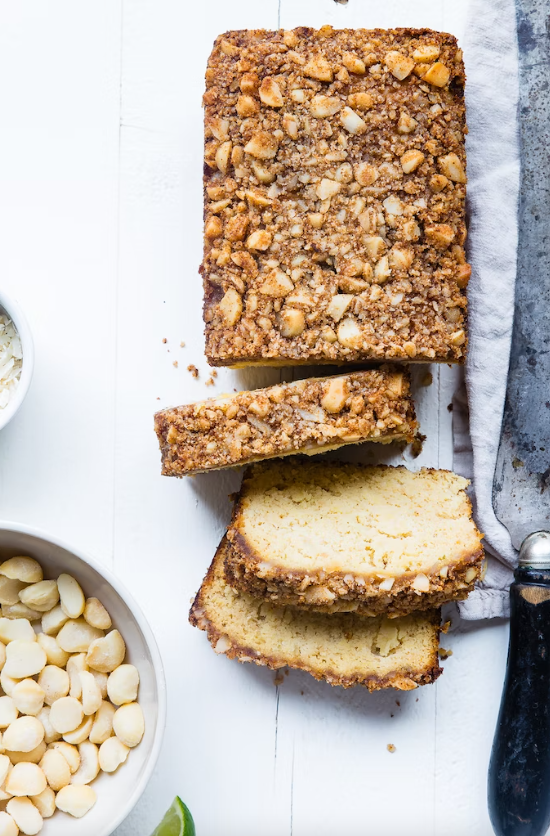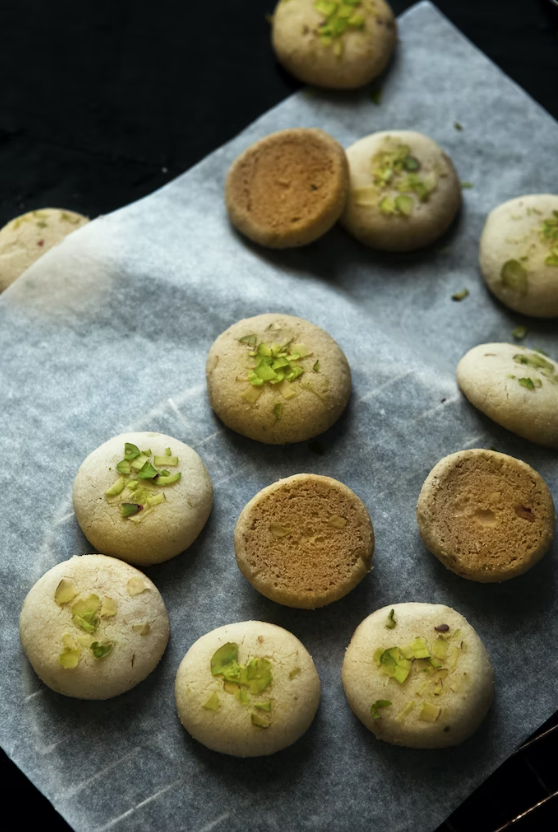Gluten-free baking has become increasingly popular over the years as more people discover that they have celiac disease or gluten intolerance!
 Photos By: Stock Images
Photos By: Stock Images
Gluten is a protein found in wheat, barley, and rye that can cause a range of health issues for those who are sensitive to it. Some common symptoms of gluten intolerance include bloating, abdominal pain, diarrhea, and fatigue. For people with celiac disease, consuming gluten can damage the small intestine and lead to malabsorption of important nutrients.
Fortunately, there are plenty of delicious and satisfying gluten-free baking options available for those who need to avoid gluten. From savory breads and muffins to sweet cakes and cookies, gluten-free baking has come a long way in recent years. Whether you are new to gluten-free baking or a seasoned pro, there are plenty of creative and tasty recipes out there that can satisfy your sweet tooth or craving for something savory.
In this article, we will explore some of the basics of gluten-free baking and share some delicious and easy-to-follow recipes that you can try at home. Whether you are gluten-free by choice or necessity, we hope to inspire you to get creative in the kitchen and enjoy the many benefits of gluten-free baking.
Common Gluten-Free Flours and Their Uses
Gluten-free baking can be a bit challenging as gluten is a key component in traditional baking. However, there are many alternative flours that can be used to achieve similar results. These flours are made from grains, nuts, and seeds that are naturally gluten-free, making them a perfect substitute for wheat flour.
Here are some common gluten-free flours and their uses:
- Almond Flour: Almond flour is made from ground almonds, which gives baked goods a nutty and slightly sweet flavor. It is perfect for making cookies, cakes, and bread, and can also be used as a gluten-free alternative to breadcrumbs.
- Coconut Flour: Coconut flour is made from ground coconut meat, which is low in carbohydrates and high in fiber. It is perfect for making gluten-free pancakes, waffles, and muffins.
- Rice Flour: Rice flour is made from ground rice, and it comes in both white and brown varieties. It has a neutral flavor and is perfect for making gluten-free cakes, cookies, and bread.
- Oat Flour: Oat flour is made from ground oats, and it has a slightly sweet and nutty flavor. It is perfect for making gluten-free pancakes, muffins, and bread.
When substituting gluten-free flours for wheat flour, it is important to keep in mind that gluten-free flours absorb more liquid than wheat flour. This means you may need to adjust the amount of liquid in your recipe to achieve the desired consistency. It is also important to note that gluten-free flours do not have the same binding properties as wheat flour, so you may need to add a binding agent, such as xanthan gum or guar gum, to your recipe.
With a little experimentation and creativity, gluten-free flours can be used to create delicious and allergy-friendly treats that everyone can enjoy!

Gluten-Free Baking Tips and Tricks
Baking without gluten can be a challenge, but with the right tips and tricks, you can create delicious and satisfying treats that everyone can enjoy. Here are some practical tips for successful gluten-free baking:
- Combine different flours: Gluten-free flours tend to have different textures and flavors than wheat flour, so combining them can help achieve a better overall result. For example, mixing almond flour with coconut flour can give a baked good a softer texture, while adding oat flour can increase its nutritional value.
- Use xanthan gum or other binders: Xanthan gum is a common binder used in gluten-free baking. It helps to replace the binding properties of gluten, which helps create a better texture and crumb in baked goods. Other binders that can be used include guar gum and psyllium husk.
- Increase leavening agents: Gluten-free flours tend to be denser than wheat flour, so it’s important to increase the amount of leavening agents used in recipes. This can include baking powder, baking soda, and yeast. Be careful not to overdo it, as too much leavening can cause baked goods to collapse or become too spongy.
- Don’t overmix: Gluten-free batters and doughs can be delicate, so it’s important not to overmix them. This can cause the baked good to become tough and chewy. Mix the ingredients just until they are combined, and then stop.
- Add moisture: Gluten-free flours tend to absorb more moisture than wheat flour, so it’s important to add additional moisture to recipes. This can include adding extra liquid, such as milk or water, or adding ingredients like applesauce or yogurt to help keep baked goods moist.
By following these tips and tricks, you can create delicious and satisfying gluten-free treats that everyone will love.

Delicious Gluten-Free Baking Recipes
Here are three delicious gluten-free baking recipes that you can enjoy:
- Blueberry Almond Flour Muffins: These tender, fluffy muffins are made with almond flour, making them both gluten-free and protein-packed. Loaded with juicy blueberries, they are perfect for a quick breakfast or snack on-the-go.
- Chewy Chocolate Chip Cookies: Who doesn’t love a classic chocolate chip cookie? This recipe uses a combination of almond flour and coconut flour to create a chewy, flavorful cookie that is sure to satisfy your sweet tooth.
- No-Knead Artisan Bread: This easy-to-make bread is perfect for those who love fresh-baked bread but don’t want to spend hours kneading and rising dough. Made with a blend of gluten-free flours, it has a crusty exterior and a soft, chewy interior that is perfect for dipping into soups or spreads.
Each recipe is designed to be both delicious and easy to make, so you can enjoy gluten-free baked goods whenever you want! If you’re looking for a gluten-free savory baked dish to try, here’s a recipe for you: https://successrice.com/recipes/vegan-brown-rice-bbq-meatloaf/.
As we have seen, gluten-free baking is a great way to provide allergy-friendly treats for those with gluten sensitivities or celiac disease. By using alternative flours and experimenting with different ingredients, it is possible to create delicious baked goods that everyone can enjoy.
Don’t be afraid to try new recipes and techniques, and don’t hesitate to share your favorite recipes and tips with others. With a little creativity and a lot of passion, gluten-free baking can be just as satisfying and delicious as traditional baking.
